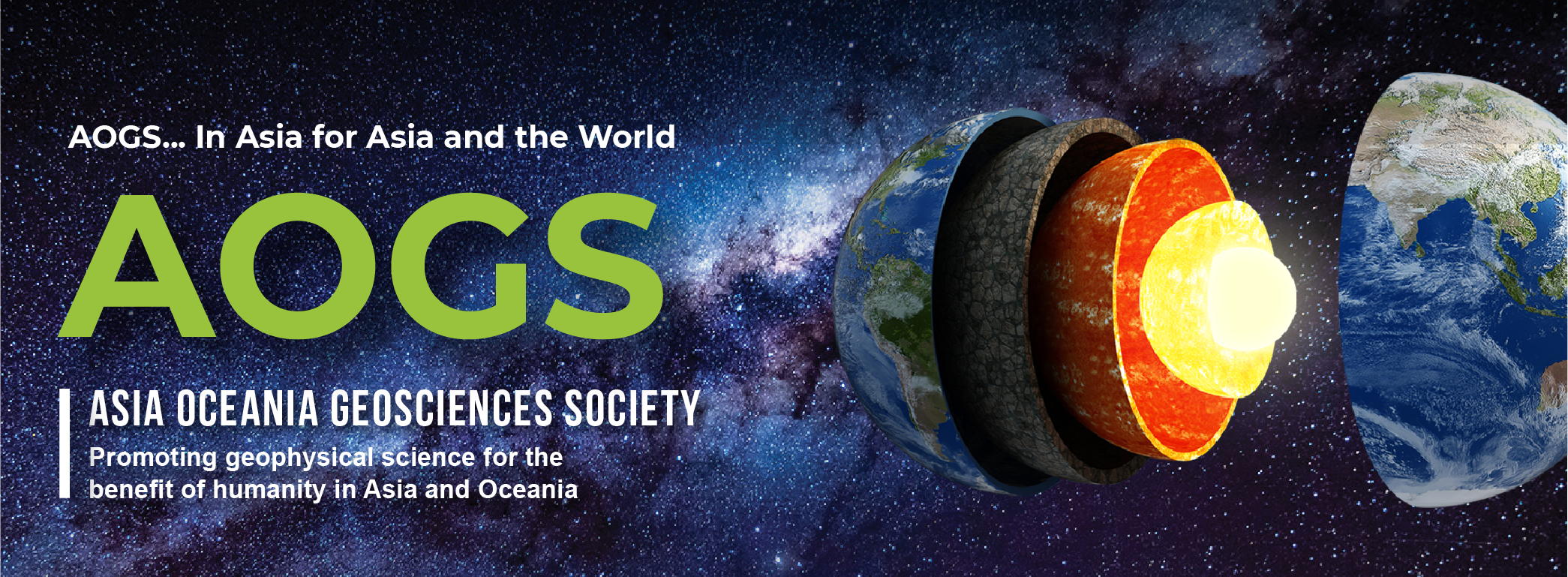

| Session Details | |
| Section | AS - Atmospheric Sciences |
| Session Title | Application of Cloud-Resolving Model Simulations for Studying Cloud-Related Processes in Numerical Weather Prediction and Climate Models |
| Main Convener | Prof. Masaki Satoh (The University of Tokyo, Japan) |
| Co-convener(s) | Prof. Chung-Hsiung Sui (National Taiwan University, Taiwan) Dr. Wei-Kuo Tao (NASA Goddard Space Flight Center, United States) Prof. Pay-Liam Lin (National Central University, Taiwan) Mr. Zhiming Kuang (Harvard University, United States) |
| Session Description | Cloud-system-related problems are at the heart of global and regional climate simulations and the understanding of climate change. Convective clouds not only release latent heat from condensation and vertically redistribute heat and moisture, but also play important role in the global and regional hydrological cycle through the precipitation and the modification of shortwave and longwave radiative fluxes at the ocean and land surface. The development of cloud-resolving models (CRMs) provides a unique opportunity to evaluate and improve the existing convection, cloud and radiation schemes. While GCMs require convection and cloud parameterizations, CRMs explicitly resolve convection and mesoscale organization, where cloud microphysical processes and cloud-radiation interactions directly respond to the cloud-scale dynamics. In particular, the representation of cloud microphysical processes is a key component of these models, and during the past decade both research and operational numerical weather prediction (NWP) models have started using more complex microphysical schemes originally developed from high-resolution CRMs. Because operational NWP models are run at coarser resolutions, the effects of atmospheric convection must be parameterized, leading to large sources of error that most dramatically impact quantitative precipitation forecasts (QPF). A recent report to the United States Weather Research Program (USWRP) Science Steering Committee specifically calls for the replacement of implicit cumulus parameterization schemes with explicit bulk schemes as part of a community effort to improve QPF. It is not clear, however, whether such a strategy alone will resolve the difficult and outstanding challenges that face mesoscale numerical weather prediction. In addition, many general circulation models (GCMs) and climate models are predicting cloud processes using diagnostic and prognostic methods. The coarser resolution of these models make the representation of partial cloud fraction more important, particularly with respect to the large sensitivities and complexities involved with cloud-radiation interactions. Some operational weather centers are, in fact, attempting to unify physics development, including the use of cloud parameterization schemes over a wide range of temporal and spatial scales of motion. Increasing studies have been focused on the application of CRM simulations to improve parameterizations of subgrid-scale physical processes in GCMs; to understand the interaction of cloud systems with large-scale circulations; and to replace the cloud-related parameterizations in GCMs. The goal of this session is to showcase the current efforts on this challenging task and encourage the collaboration between the CRM, GCM and NWP modelers. |